Spain’s military may astonish you with its deep-rooted history and contemporary capabilities.
The Spanish Armed Forces, which trace their heritage back to the late 15th century, have developed into a powerful entity tasked with safeguarding the country’s sovereignty and constitutional framework.
Presently, Spain is recognized as the 20th strongest military force in the world, featuring a wide range of land, air, and naval resources.
Interestingly, the Spanish military comprises not only the Army, Air and Space Force, and Navy but also specialized units such as the Royal Guard and the Military Emergencies Unit.
With approximately 120,000 active members, Spain’s armed forces are vital in both national defense and international peacekeeping efforts.
While Spain’s military budget may not rank among the highest in NATO, its strategic significance is underscored by the presence of key U.S. military bases at Rota and Morón, which play a crucial role in enhancing regional security.
As you delve into Spain’s military narrative, you’ll uncover a captivating combination of tradition and modernity that defines its armed forces today.
Key Takeaways
- Spain ranks 20th in global military strength, equipped with a wide variety of capabilities across land, air, and sea.
- The Spanish Armed Forces consist of multiple branches and specialized units, totaling around 120,000 personnel.
- Spain’s strategic relevance is amplified by hosting essential U.S. military bases and engaging in international missions.
History of the Spanish Military
Spain’s military history is intricate and spans centuries, from its origins in medieval kingdoms to its current role as a NATO member.
The Spanish armed forces have been involved in significant military engagements and have undergone substantial changes that have impacted both Spain and Europe.
Origins and Evolution
You might be surprised to learn that the roots of Spain’s military can be traced back to the medieval era.
During the Reconquista, Christian kingdoms incrementally expelled Muslim influence, enhancing their military skills.
By the late 15th century, the unified Spain under Ferdinand and Isabella emerged as a dominant power.
The 16th and 17th centuries marked the zenith of the Spanish Empire.
Spanish armies became among the most feared in Europe, with the legendary tercios infantry units overwhelming their foes on the battlefield.
Additionally, Spain’s navy, the Armada, ruled extensive trade routes across both the Atlantic and Pacific Oceans.
Peninsular War
The Peninsular War (1808-1814) represented a pivotal moment in Spanish military history.
Spain faced a fierce invasion by Napoleon, which ignited an intense guerrilla resistance movement.
British troops, under the Duke of Wellington, allied with Spanish and Portuguese forces to defeat the French invaders.
This conflict significantly transformed the military landscape.
While it revealed shortcomings in leadership and organization, it also highlighted the valor of Spanish soldiers and civilians.
The aftermath of the war prompted reforms and modernization efforts within the armed forces.
Spanish Civil War
The Spanish Civil War (1936-1939) fractured the nation and left enduring impacts on the military.
Nationalist forces led by Francisco Franco, supported by Germany and Italy, battled against the Republican government, which received backing from the Soviet Union and international volunteers.
The war introduced innovative strategies and weaponry, including early instances of tank warfare and strategic bombing.
It concluded with Franco’s victory, resulting in decades of military-backed dictatorship and Spain’s isolation from the international community.
Post-War Developments
Following Franco’s death in 1975, Spain transitioned towards democracy, which significantly influenced the military’s role.
Reforms were implemented to professionalize the armed forces and subject them to civilian oversight.
Spain’s accession to NATO in 1982 further spurred military modernization to align with alliance standards.
Spanish forces began participating in international peacekeeping missions, acquiring valuable experience and elevating Spain’s international standing.
Recent Engagements and War on Terror
In recent decades, Spain’s military has been engaged in a variety of international operations.
Troops have contributed to NATO missions in the Balkans and Afghanistan, and Spanish forces have participated in UN peacekeeping activities in Lebanon and other conflict zones.
The tragic 2004 Madrid train bombings brought the War on Terror to Spain, prompting enhanced focus on counterterrorism capabilities within the armed forces and intelligence community.
Spain continues its involvement in global anti-terrorism efforts while balancing domestic security with international commitments.
Organizational Structure
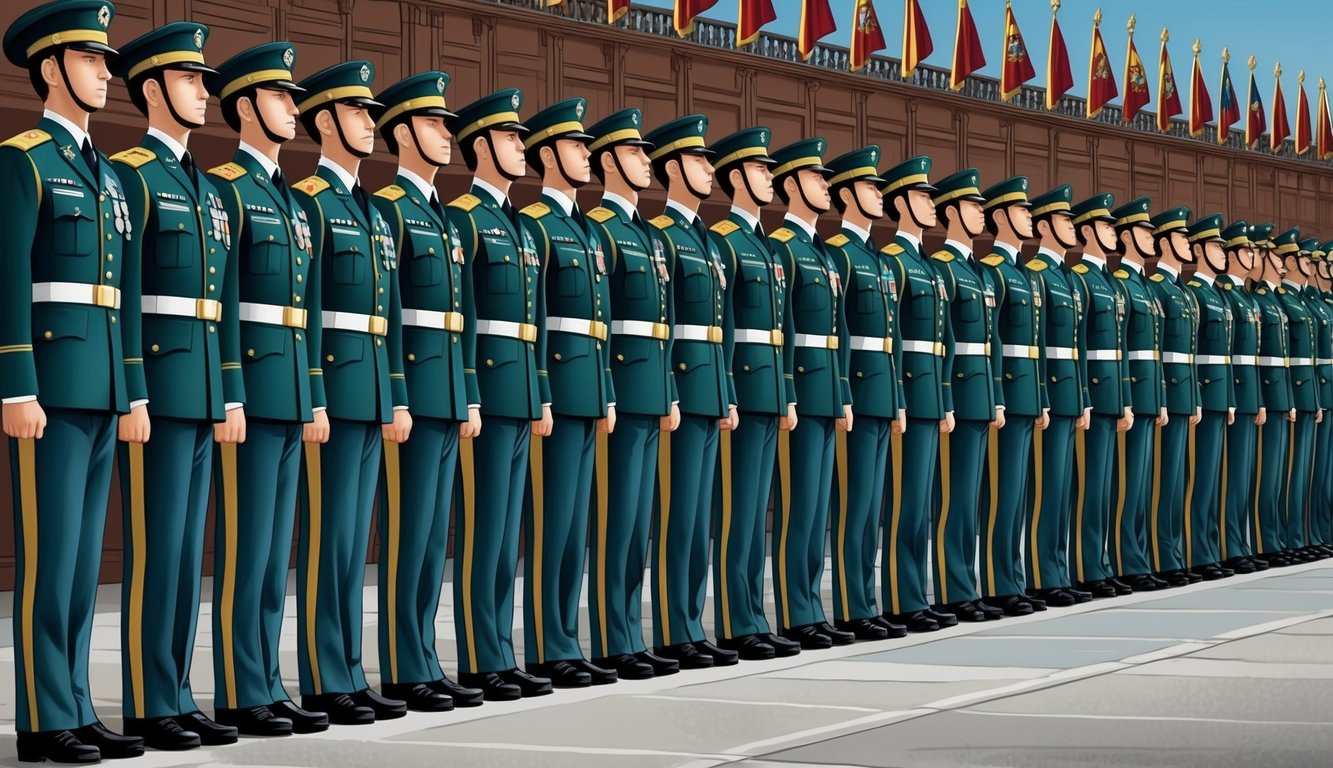
The Spanish Armed Forces feature a sophisticated organizational structure designed to facilitate effective defense and security operations.
The military is segmented into distinct branches, each specialized in different roles and capabilities.
Spanish Army (Ejército de Tierra)
The Spanish Army is the land-based component of the military, organized into various units, including:
- Division-level commands
- Brigade-level units
- Regiments and battalions
The Army encompasses armored, mechanized, and light infantry formations, in addition to special forces units like the Legion and paratrooper brigade.
Training facilities and logistical support units complement combat elements, with major bases located in Zaragoza, Madrid, and Ceuta.
Spanish Navy (Armada Española)
Spain’s Navy safeguards the nation’s maritime interests and supports international operations.
Its structure includes:
- Surface fleet (frigates, patrol vessels)
- Submarine force
- Naval aviation wing
- Marine infantry
Naval operations are conducted from various bases along Spain’s coastline, including Rota, Cartagena, and Ferrol.
Naval units are organized into flotillas and squadrons for operational adaptability, with the Marine Infantry offering rapid deployment capabilities for expeditionary missions.
Spanish Air Force (Ejército del Aire)
The Air Force is responsible for defending Spanish airspace and supporting ground operations.
Its structure consists of:
- Combat wings (fighters, bombers)
- Transport squadrons
- Helicopter units
- Air defense systems
Major air bases are located in Torrejón, Zaragoza, and Morón, housing a diverse fleet of aircraft, including F-18 fighters, A400M transport planes, and various helicopters.
Training and maintenance units bolster combat readiness, while the Air Force also manages Spain’s military space assets and supports NATO air policing missions.
Common Corps and Royal Guard
The Common Corps deliver specialized support across all military branches, including:
- Legal Corps
- Military Health Corps
- Military Intervention Corps
- Military Music Corps
While the Royal Guard is part of the Army, it fulfills a unique role, ensuring security for the Spanish Royal Family and visiting dignitaries, blending ceremonial duties with protective responsibilities.
Military Emergencies Unit (UME)
The UME is a rapid response force designed for domestic emergencies, organized into:
- Five intervention battalions
- Air assets (helicopters, water bombers)
- Specialized teams (CBRN, search and rescue)
Based at Torrejón Air Base, the UME can be deployed rapidly across Spain to respond to natural disasters, forest fires, and other crises affecting civilian populations.
This unit collaborates closely with regional emergency services and personnel are specifically trained to address various emergency scenarios.
Current Military Capabilities
Spain’s armed forces possess a wide range of capabilities across the land, sea, and air.
The military maintains a significant active and reserve force, equipped with modern tools and vehicles, ensuring readiness for both domestic and international operations.
Personnel
Spain’s military is comprised of both active-duty and reserve personnel, with around 120,000 active members in the Spanish Armed Forces.
The reserve forces add approximately 15,000 more to this figure.
These personnel are distributed among the Army, Navy, Air Force, and various joint commands.
With the end of conscription in 2001, Spain has developed a professional military force characterized by specialized training and expertise.
Spanish troops are frequently deployed in diverse international missions and contribute to NATO operations and UN peacekeeping efforts.
Vehicles and Ground Forces
The Spanish Army features an extensive selection of ground vehicles, including about 327 main battle tanks, predominantly Leopard 2E models, along with hundreds of armored fighting vehicles and armored personnel carriers.
Key equipment encompasses:
- Pizarro infantry fighting vehicles
- VEC-M1 armored reconnaissance vehicles
- RG-31 Nyala mine-resistant vehicles
Spain’s artillery capabilities include self-propelled howitzers and multiple rocket launcher systems, enhanced by advanced anti-tank and air defense measures integrated within ground forces.
Naval Power
The Spanish Navy operates a robust fleet, including one aircraft carrier, the Juan Carlos I, which supports both fixed-wing aircraft and helicopters.
The fleet consists of:
- 5 frigates
- 2 submarines
- Various patrol and mine warfare vessels
Spain is actively modernizing its submarine fleet with the S-80 Plus class, which will bolster its underwater warfare capabilities and extend its projection power.
The naval assets promote participation in international maritime security operations and NATO exercises, contributing to anti-piracy missions and patrolling the Mediterranean.
Air Strength
The Spanish Air Force maintains a diverse array of fighter jets, transport aircraft, and helicopters.
It operates around 150 fighter aircraft, including:
- Eurofighter Typhoons
- F/A-18 Hornets
Transport functions are fulfilled by C-130 Hercules and A400M Atlas airplanes, enabling rapid troop and equipment deployment.
The helicopter fleet features attack helicopters like the Tiger and transport helicopters, such as the NH90, which support land and naval operations.
Additionally, air defense systems and early warning aircraft provide comprehensive airspace control and surveillance capabilities.
Military Installations and Bases
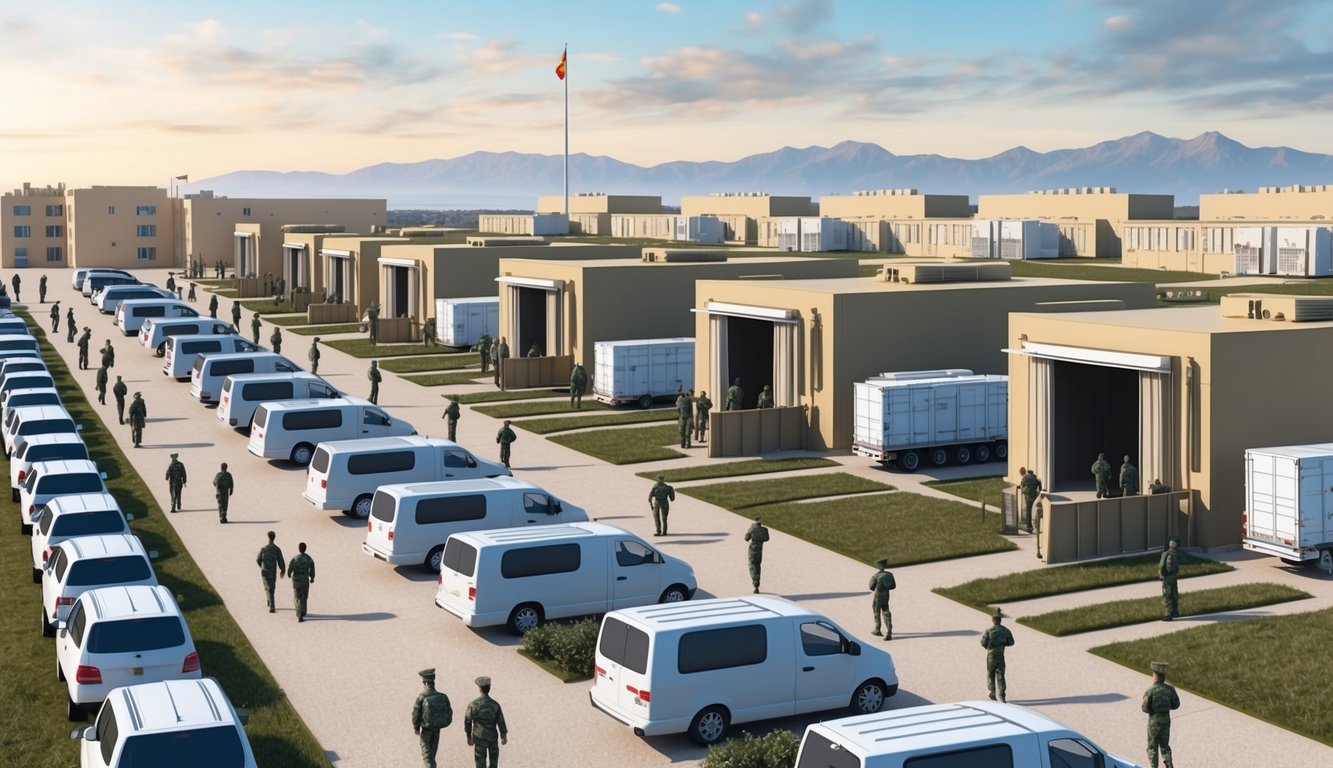
Spain hosts numerous important military facilities, including both Spanish and American bases, which are crucial for regional security and strategic operations.
Strategic Locations
Naval Station Rota, located on Spain’s southern coast, is a vital maritime operations hub situated approximately 120 km from Sevilla, effectively managing access to the Mediterranean Sea.
This base is essential for both Spanish and U.S. naval forces.
Morón Air Base, about 50 km from Sevilla, serves as a major air force installation that provides the U.S. military with a strategic foothold in southern Europe, allowing rapid deployment capabilities across Africa and the Middle East.
American Military Presence
A significant U.S. military presence is visible in Spain, primarily located at Naval Station Rota and Morón Air Base.
Rota hosts U.S. Navy and Marine Corps troops, constituting the largest American military community in Spain.
At Rota, the mix of Spanish and American flags reflects the strong military partnership between the two nations, with the base operating under Spanish command led by a Spanish rear admiral.
Morón Air Base hosts U.S. Air Force elements, offering vital support for air operations throughout Europe and beyond.
International Presence and Alliances
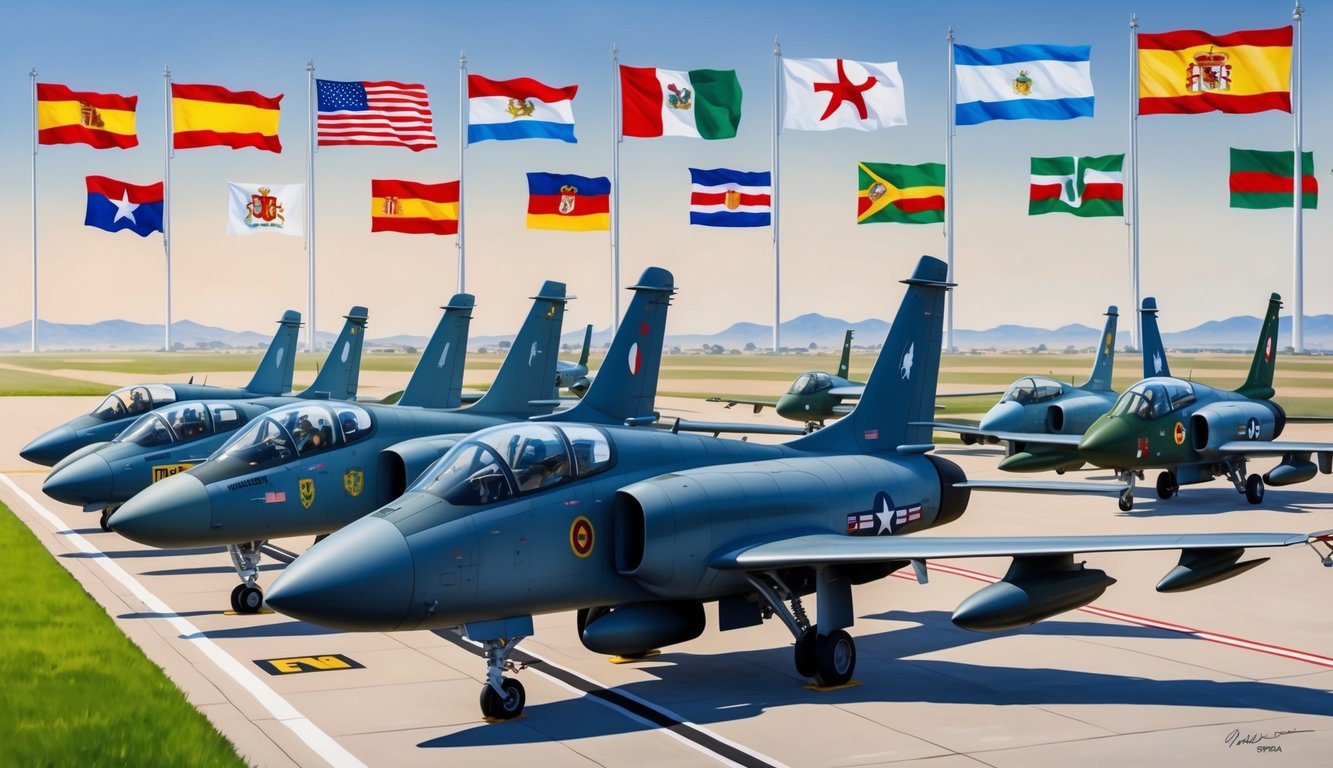
Spain’s military plays a key role in international security, committed to several key alliances and global operations.
Spanish forces contribute to NATO missions, engage in EU defense initiatives, and maintain close cooperation with the United States.
Their global footprint extends to peacekeeping and humanitarian efforts worldwide.
NATO Commitments
Since joining NATO in 1982, Spain has dedicated itself to the Alliance, with troops actively involved in its missions and exercises.
Spanish forces have been deployed to NATO’s eastern flank to bolster deterrence against potential threats.
Spain is home to vital NATO facilities, such as the Combined Air Operations Centre in Torrejón de Ardoz, and contributes to NATO maritime operations in the Mediterranean, supporting regional stability.
EU Defense Cooperation
Spain is deeply engaged in EU defense initiatives, playing a crucial role in the Common Security and Defence Policy (CSDP).
Spanish troops participate in EU battlegroups, ready for rapid response during crises, and Spain supports the development of European defense capabilities through PESCO projects.
The country also contributes to EU naval operations, such as countering piracy off the Horn of Africa.
Relations with the United States
Spain and the U.S. share robust military ties, evident through bilateral agreements and joint training exercises.
The presence of U.S. forces at Naval Station Rota and Morón Air Base is critical for logistical operations throughout Europe, Africa, and the Middle East, and Spanish and American troops regularly train together to enhance interoperability and collective defense capabilities.
Global Operations
Spanish forces are active participants in a variety of international missions.
They contribute to UN peacekeeping operations in Lebanon and engage in counter-piracy efforts off the coast of Somalia.
Additionally, Spanish troops have been involved in training missions in Iraq and Mali, while the military also partakes in humanitarian assistance and disaster relief operations globally, reflecting Spain’s commitment to international stability and human security beyond its borders.
Defense Budget and Economics

Spain’s defense budget has seen significant increases in recent years as the nation strives to meet NATO spending objectives.
This adjustment reflects evolving priorities and economic factors within Spain’s defense sector.
Financial Allocation
In 2021, Spain’s defense budget reached €19.54 billion, representing a 12.12% rise from the previous year.
This upward trend continued in 2022, with the budget climbing to €22.796 billion—an impressive 124% increase in direct Ministry of Defence allocations.
Such figures indicate a growing commitment to military expenditure.
The government’s pursuit of NATO’s 2% GDP guideline is evident; by 2023, military expenditure reportedly reached 2.17% of GDP, surpassing NATO targets, and includes allocations from other departments for military purposes.
Military Spending in Comparison
Historically, Spain’s defense budget has been lower than that of other NATO members.
As the fourth-largest economy in the EU, Spain has faced pressure to increase its military contributions.
Recent spending increases aim to address this disparity.
The growth of Spain’s military budget exceeds that of many European counterparts.
The Ministry of Defense’s 2023 budget increase of 26.31% illustrates a concerted effort to align closely with NATO expectations and represents a significant shift in Spain’s defense economics and its approach to collective security.
Challenges and Controversies
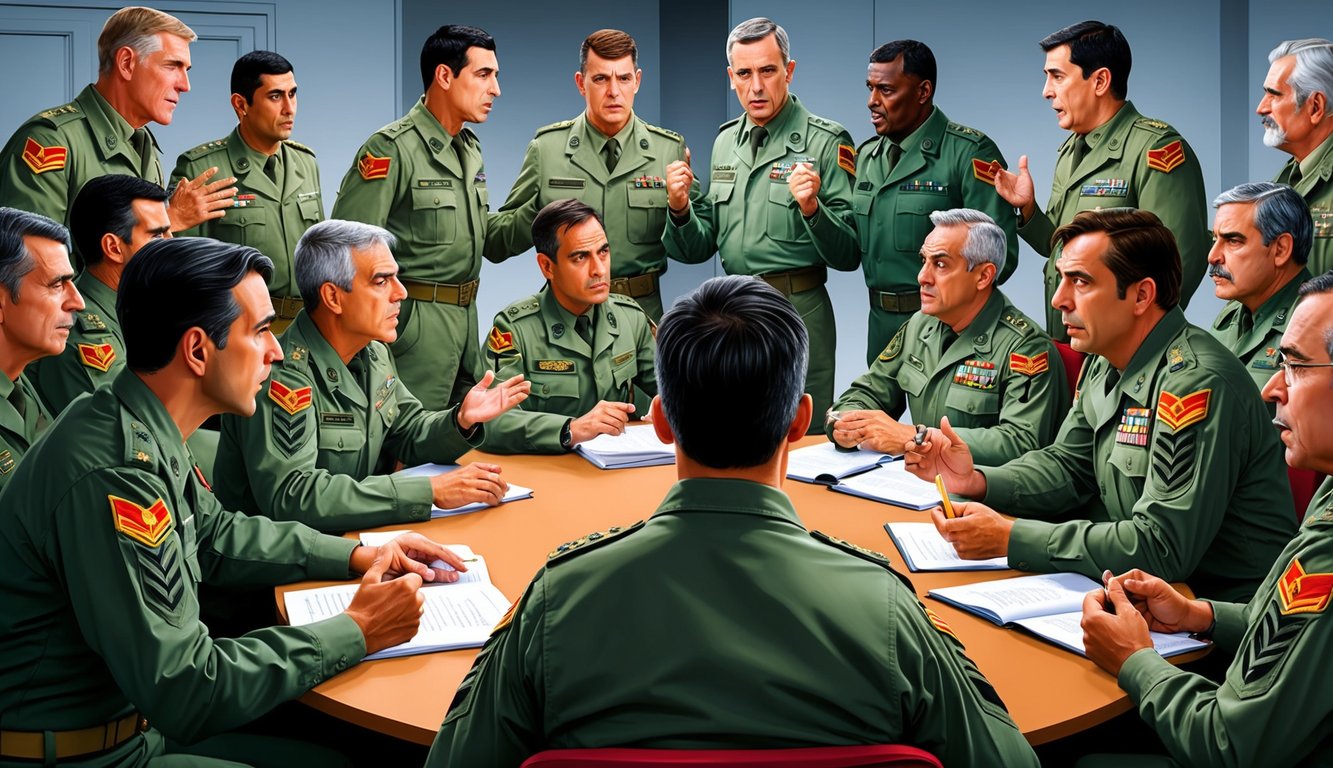
The Spanish military grapples with complex challenges that affect its structure, operations, and role on the global stage.
These issues range from internal reforms to geopolitical tensions.
Military Reforms and Conscription
The decision to end conscription in 2001 caught many by surprise, leading to significant changes in military dynamics.
This transition to an all-volunteer force necessitated adaptations in recruitment strategies and training programs.
The move away from mandatory service raised concerns about maintaining adequate troop strength.
This challenge led to the introduction of a “reservist” system, allowing civilians to serve part-time and augment force levels as needed.
Another area of reform has been the modernization of equipment and technology, with Spain investing in the enhancement of its air and naval capabilities to face 21st-century threats.
Political Tensions and Defense Issues
Defense spending remains a contentious issue in Spanish politics, with debates frequently arising from budget allocations for the military.
Some factions advocate for increased funding to fulfill NATO commitments, while others prioritize social programs.
The question of Catalan independence has also intertwined with military matters, raising concerns over the loyalty of Catalan soldiers and the prospects of military intervention in a secession scenario.
Public opposition sometimes emerges regarding Spain’s international missions, as seen during the Iraq and Afghanistan wars, which stirred protests and political dissent.
Spain’s Role in Contemporary Conflicts
Spain’s contributions to NATO and EU operations are noteworthy.
The country has deployed troops in various peacekeeping missions and conflict zones.
In the context of Ukraine, Spain’s support has primarily been channeled through NATO frameworks, including humanitarian aid and joint exercises aimed at deterring Russian aggression.
The military also plays a vital role in Spain’s response to national emergencies, as witnessed during the COVID-19 pandemic, where troops aided with logistical and medical assistance.
Given Spain’s strategic location, it also contributes to managing migration issues, with military support for border control efforts, particularly across the Mediterranean and North Africa.
Military Culture and Society
The military in Spain significant shapes the nation’s culture and identity, influencing societal values and norms while adapting to changing social attitudes and demographics.
Role in Spanish Society
The Spanish Armed Forces serve not just as a defense entity but also engage in disaster response, peacekeeping initiatives, and civil emergency support.
They frequently act as first responders during natural disasters, offering crucial assistance to affected communities.
Militaries in Spain have a ceremonial role in national celebrations and events; you may witness parades and displays of military strength on holidays such as Hispanic Day, reinforcing visibility and respect for the armed forces within society.
Many individuals view military service as an opportunity for career advancement and social mobility, as the armed forces provide educational and technical training that translates into civilian job prospects.
Influence on National Identity
The historical military exploits of Spain have profoundly molded its national identity, visible in monuments, museums, and historical landmarks across the nation.
The ideals of honor and duty, stemming from military traditions, shape the cultural values of Spain.
These concepts extend beyond the armed forces, impacting societal norms and public expectations.
Military symbols and language permeate everyday Spanish life, from colloquial expressions to trends inspired by military aesthetics.
Moreover, the armed forces bolster Spain’s international image, with their participation in NATO and UN missions reflecting Spain’s dedication to global security and collaboration.
Gender and Minorities in the Forces
Spain’s military has made notable progress in fostering diversity and inclusion, with women serving in all branches, including combat roles.
As of 2024, women account for about 12.8% of the total military personnel.
Efforts to recruit from minority communities have intensified, with campaigns tailored to Spain’s diverse demographic, including immigrants and their descendants.
The military has also implemented initiatives to address discrimination and promote equitable opportunities, including mentorship programs and diversity training for all members.
LGBTQ+ individuals can serve openly in the military, backed by anti-discrimination measures established since the early 2000s, mirroring the broader societal shift toward inclusivity.
Frequently Asked Questions
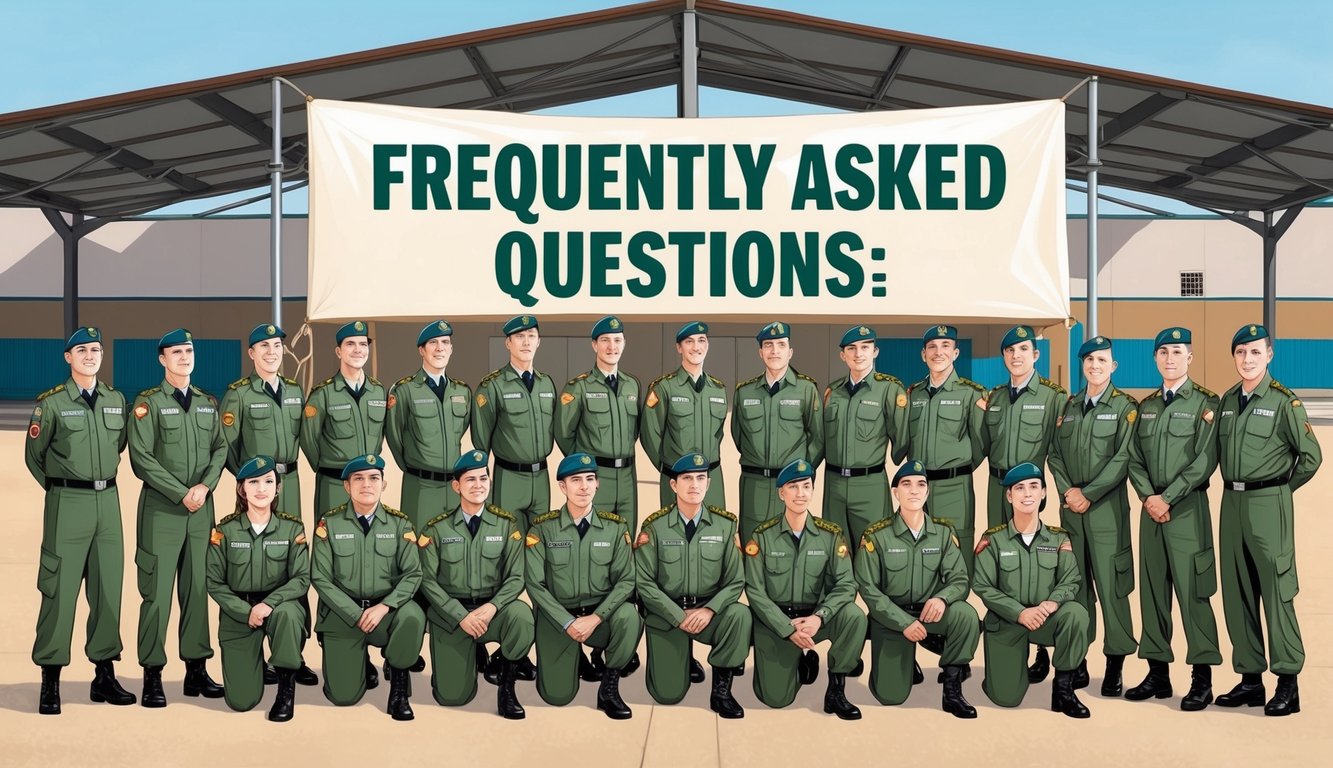
Spain’s military plays an essential role in both domestic and international contexts.
Here’s a closer look at key aspects of the Spanish armed forces, covering their equipment, size, budget, and international partnerships.
How does the Spanish Army’s equipment compare internationally?
The Spanish Army’s equipment generally holds its own against the capabilities of other NATO countries.
You can find modern tanks like the Leopard 2E, infantry fighting vehicles such as the Pizarro, and artillery systems including the M109A5 howitzer.
Spain has been focusing on upgrading its military hardware recently, which includes the acquisition of new NH90 helicopters and F-110 frigates for the navy.
What’s the role of the Spanish military within the country?
The Spanish military’s primary duty is national defense.
However, they also provide support for disaster relief and civil emergencies through the Military Emergency Unit (UME).
You might observe military personnel assisting law enforcement during significant events or crises, in addition to their contributions to international peacekeeping missions.
Are there any American military bases located in Spain?
Indeed, Spain hosts a significant American military presence, primarily based at Naval Station Rota, located in southern Spain.
This base serves as a strategic operational hub for U.S. and NATO activities in the Mediterranean region and has been functioning under a defense cooperation agreement since 1988.
Can you tell me about the size of Spain’s military forces?
As of 2024, Spain’s active military personnel total around 120,000, including service members from the Army, Air and Space Force, and Navy.
It’s also important to consider the roughly 15,000 members of the Civil Guard, a military force with law enforcement responsibilities, when assessing Spain’s overall defense capacity.
What kind of budget is allocated for Spain’s defense and military?
Spain’s defense budget has been on the rise in recent years, estimated at around 1.2% of the nation’s GDP in 2024.
How many US troops are currently stationed in Spain?
The number of U.S. troops in Spain varies, generally ranging from 3,000 to 4,000 personnel.
Most of these troops are stationed at Naval Station Rota, with additional units located at Morón Air Base.
Their presence exemplifies the longstanding defense cooperation between Spain and the United States.

